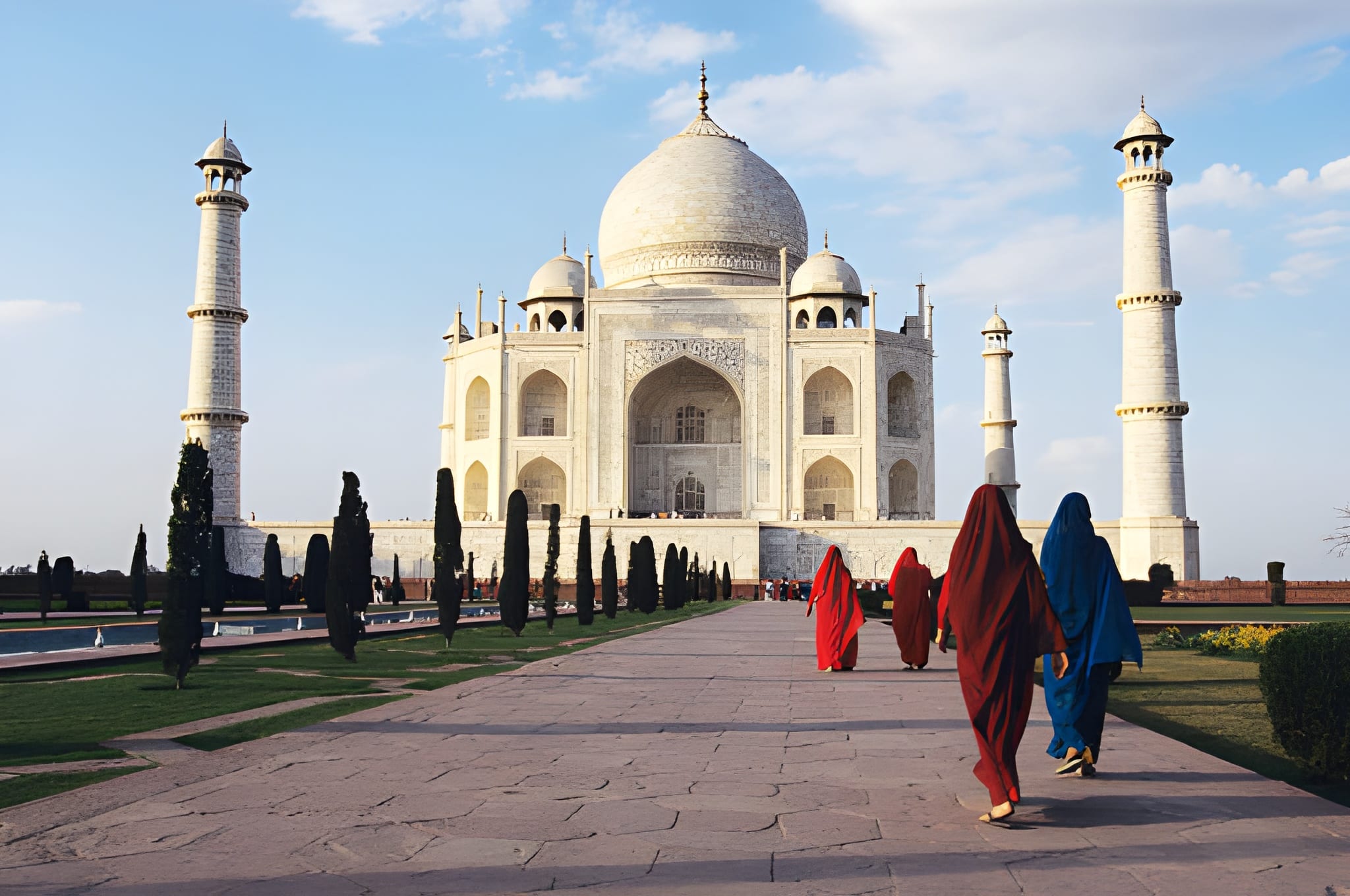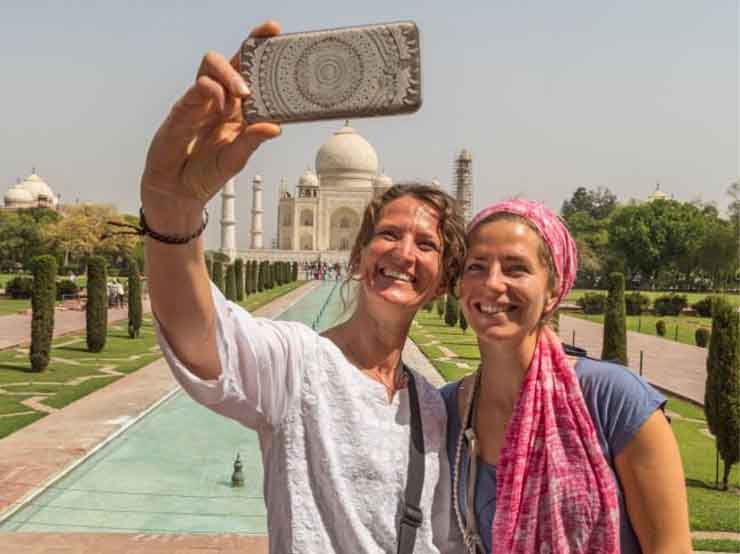The Taj Mahal is not just an architectural masterpiece—it is the very soul of India’s cultural identity. Standing gracefully on the banks of the Yamuna River in Agra, this white marble wonder has captivated millions of hearts for centuries. Beyond its beauty, the Taj Mahal symbolizes India’s rich history, artistry, and enduring spirit of love, making it one of the most cherished landmarks in the world.
A Symbol of Eternal Love
Built by Mughal Emperor Shah Jahan in memory of his beloved wife, Mumtaz Mahal, the Taj Mahal is often called the “Monument of Love.” Every intricate marble carving and precious gemstone inlay reflects deep emotion and devotion. This love story has transcended time, turning the Taj Mahal into a global symbol of romance and remembrance. For India, it represents compassion and the human capacity for beauty even in grief—a message that resonates through generations.
An Icon of Indian Craftsmanship
The Taj Mahal also stands as a tribute to India’s artistic excellence. Constructed between 1631 and 1653, it brought together over 20,000 artisans from across the Mughal Empire and beyond. The fusion of Persian, Islamic, and Indian architectural styles created a structure unlike any other in the world. The marble domes, symmetrical gardens, intricate pietra dura work, and calligraphy showcase the pinnacle of craftsmanship India is known for.
Its perfect symmetry and changing hues—from soft pink at sunrise to golden at sunset—demonstrate an understanding of art, nature, and balance that continues to inspire architects and artists globally.
A National and Cultural Emblem
The Taj Mahal is more than a tourist attraction—it’s a national symbol of India’s unity and diversity. It represents the fusion of cultures that defines India’s identity. Appearing in schoolbooks, films, and even currency notes, the monument is a source of pride and patriotism for millions of Indians. It reminds the world that India’s strength lies in its creativity, tolerance, and historical depth.
UNESCO recognized this importance in 1983 when it declared the Taj Mahal a World Heritage Site, calling it “the jewel of Muslim art in India and one of the universally admired masterpieces of the world’s heritage.”
A Global Attraction and Economic Treasure
The Taj Mahal draws millions of visitors each year, making it one of the most visited monuments in the world. Its timeless beauty continues to attract travelers, photographers, and historians eager to experience its magic firsthand. Tourism linked to the Taj contributes significantly to India’s economy, creating jobs and supporting local businesses in Agra and beyond. Every visitor who stands before the monument becomes part of a centuries-long tradition of admiration and respect.
Preserving the Pride of India
Preserving the Taj Mahal is a matter of national pride. India has taken steps to protect it from pollution and environmental damage to ensure that future generations can experience its grandeur. The monument’s enduring presence reminds every Indian of the importance of heritage and conservation—a message that echoes far beyond its marble walls.
Visit the Taj Mahal Today
There’s nothing like seeing the Taj Mahal in person. Whether you’re visiting for the first time or returning to feel its magic again, the experience is unforgettable. Plan your visit easily with TicketsTajMahal.com — your trusted platform to book official tickets and tours safely and conveniently.










Comment (0)